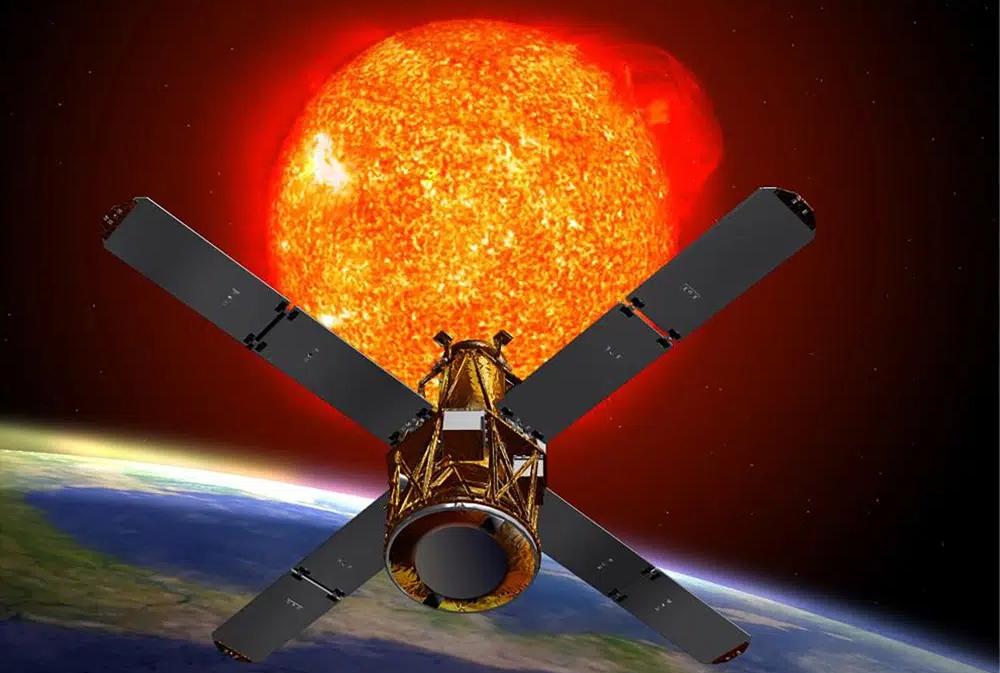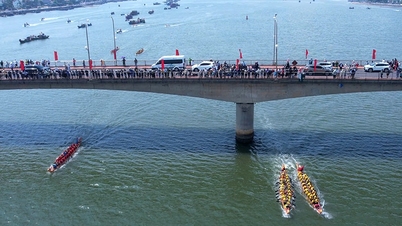NASA said Tuesday that the spacecraft's re-entry location was not being disclosed, due to uncertainty about when and where it might crash.

Image: NASA
Most satellites weighing less than 660 pounds (300 kg) will burn up upon re-entry into the atmosphere, but some parts are thought to survive.
The risk of anyone on Earth being harmed by falling satellite fragments is “low,” the space agency NASA said in a statement.
Rhessi - short for Reuven Ramaty High Energy Solar Spectroscopic Imager - launched into orbit in 2002 to study the Sun.
Before being decommissioned in 2018 due to communications problems, the satellite observed solar flares as well as coronal mass ejections from the Sun.
It took high-energy X-ray and gamma-ray images, recording more than 100,000 solar events during its mission.
Mai Van (according to AP)
Source





![[Photo] Prime Minister Pham Minh Chinh holds meeting to launch exhibition of national achievements to celebrate 80th National Day](https://vphoto.vietnam.vn/thumb/1200x675/vietnam/resource/IMAGE/2025/6/23/0c0c37481bc64a9ab31b887dcff81e40)
![[Photo] Prime Minister Pham Minh Chinh chairs the national online conference on combating smuggling, production and trade of counterfeit goods.](https://vphoto.vietnam.vn/thumb/1200x675/vietnam/resource/IMAGE/2025/6/23/4a682a11bb5c47d5ba84d8c5037df029)





















![[Photo] Party Congress of the Central Internal Affairs Commission for the 2025-2030 term](https://vphoto.vietnam.vn/thumb/1200x675/vietnam/resource/IMAGE/2025/6/23/5bf03821e6dd461d9ba2fd0c9a08037b)





































































Comment (0)